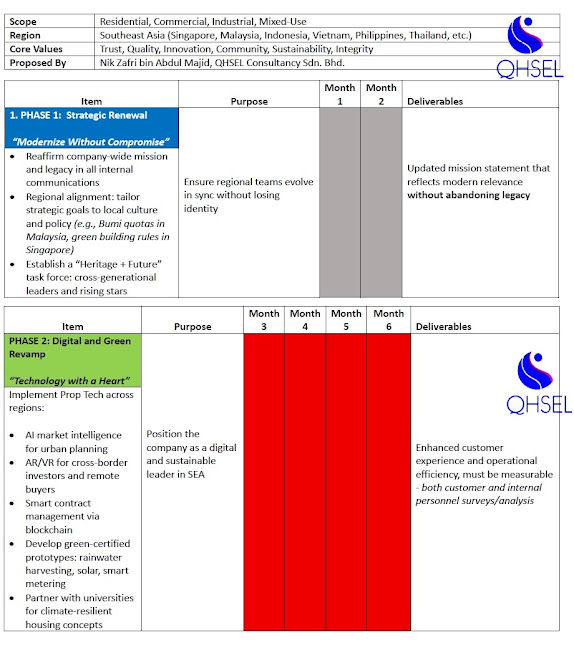Read this article as well :
SHARING ECONOMY VS TRADITIONAL BRICK AND MORTAR IN THE 21ST CENTURY – BY NIK ZAFRI
By Nik Zafri
Summary
Malaysia and ASEAN have made significant strides in digitalisation, from e‑government services and fintech adoption to AI roadmaps and smart cities. Yet beneath this progress lies a structural contradiction: our digital economy largely operates on a production‑based (P‑based) capitalist logic, rather than a true knowledge‑based (K‑based) economy that digital technology promises.
This article will try to address the constraint is not technological capability, but policy design, governance frameworks, and legacy measurement systems. Without deliberate reform, digitalisation will continue to amplify consumption, inequality, and environmental stress rather than generate shared intelligence, resilience, and long‑term value.
1. THE ASEAN-MALAYSIAN DIGITAL PARADOX
Malaysia’s digital agenda supported by initiatives such as #MyDIGITAL, #Industry4WRD, National AI Roadmaps, and various smart city programmes emphasises:
- Platform growth,
- Startup ecosystems,
- Cashless payments
- E‑commerce expansion
Across ASEAN, similar patterns emerge in Singapore, Indonesia, Vietnam, and Thailand.
However, most digital success is still measured by:
- Gross transaction value (GTV),
- User acquisition numbers,
- Platform scale,
- Contribution to GDP
These are P‑based indicators, not K‑based ones. The result is a digital economy that sells more efficiently, but does not necessarily think better.
2. WHY P-BASED LOGIC PERSISTS IN POLICY
2.1 GDP and Fiscal Metrics Dominate
Public policy continues to rely on GDP growth, consumption, and investment flows as primary indicators of success. Knowledge creation, prevention of loss, environmental preservation, and social trust, all critical in ASEAN’s climate‑vulnerable context remain largely invisible to national accounts.
2.2 Investment and Incentive Structures
Government grants, tax incentives, and venture funding prioritise:
- Scale,
- Speed,
- Monetisation
Rarely do they reward:
- Knowledge transfer,
- Skills deepening,
- Open data contribution,
- Reduction of systemic risk
This biases innovation toward platforms that extract value rather than systems that distribute intelligence.
3. P‑BASED VS K-BASED ECONOMY (Policy Lens)
- Climate vulnerability (floods, heat, food security),
- Ageing infrastructure,
- Youth underemployment,
- Skills mismatch,
- Environmental degradation
- Predictive systems,
- Preventive policy,
- Skills intelligence,
- Regional knowledge sharing
- Policy Silos : Digital, climate, education, and economic policies operate independently,
- Outdated Accounting : Intangible assets and avoided losses are not recognised,
- Platform Regulation : Focused on competition, not knowledge responsibility,
- Public Procurement : Rewards lowest cost, not highest intelligence,
- Data Governance : Treats data as commodity rather than public infrastructure
- Complement GDP with knowledge, resilience, and risk‑reduction indicators,
- Integrate ESG, SDG, and climate intelligence into fiscal planning
- Establish trusted data commons for climate, health, and finance
- Encourage cross‑ASEAN data interoperability
- Prioritise solutions that improve decision quality, not just cost savings,
- Value learning systems, not one‑off deliverables
- ASEAN‑level platforms for shared intelligence on climate, supply chains, and security,
- Reduce duplication through collective learning
- Faster consumption to Smarter decisions,
- Platform scale to System intelligence,
- User capture to Capability building




















